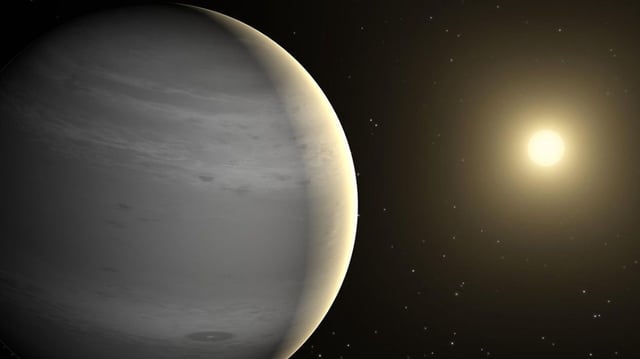Overview
- UC Riverside researchers calculate that captured particles can settle into gas-giant cores, reach critical density, and collapse, with black holes forming in extreme cases in roughly ten months.
- The fate of any interior black hole—planetary destruction, long-lived equilibrium, or evaporation via Hawking radiation—depends on its initial mass and the balance between accretion and radiation losses.
- The scenario applies only within a narrow parameter space for superheavy, non-annihilating dark matter, with planets near the Milky Way’s center the most plausible hosts, while Solar System worlds are unlikely to be affected.
- Possible clues include unexplained heat or high-energy emission, but gravity-based methods cannot distinguish a planet from an equal-mass black hole and today’s instruments lack decisive sensitivity.
- Future exoplanet surveys targeting high–dark-matter regions could test the idea, and discovering planet-mass black holes would strongly support the proposed model.


